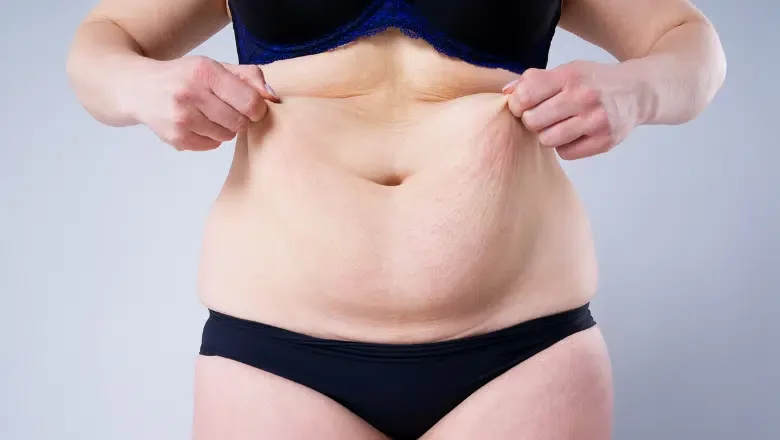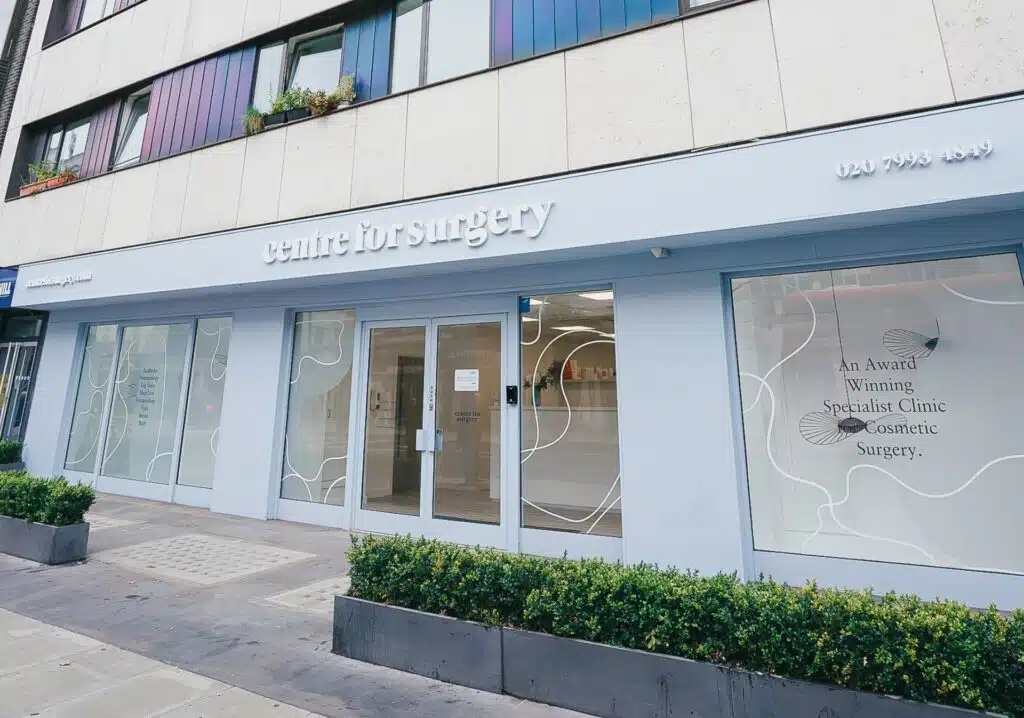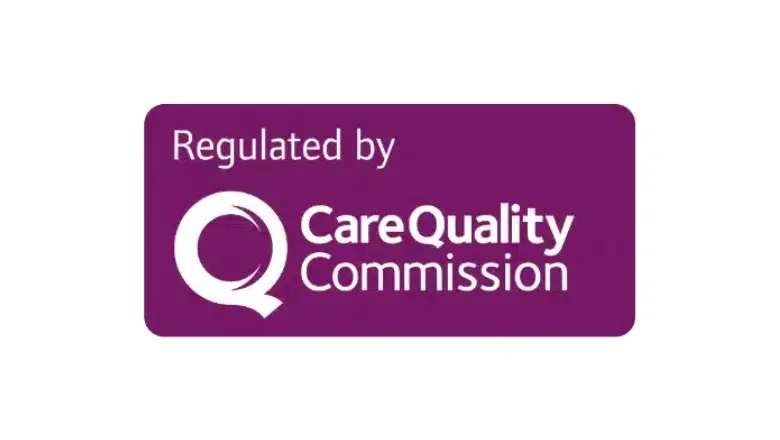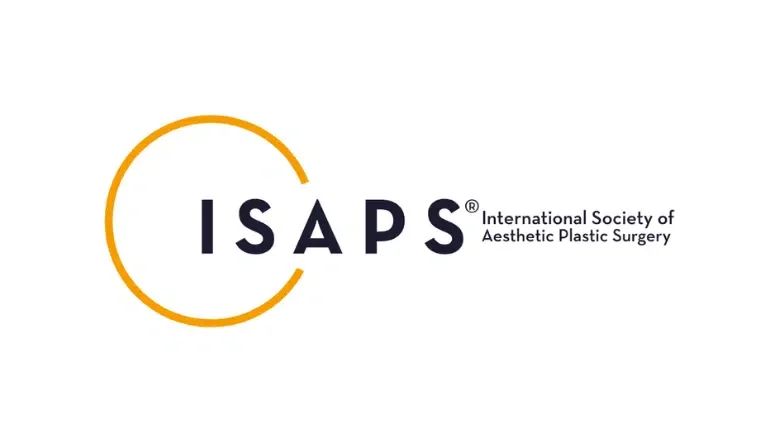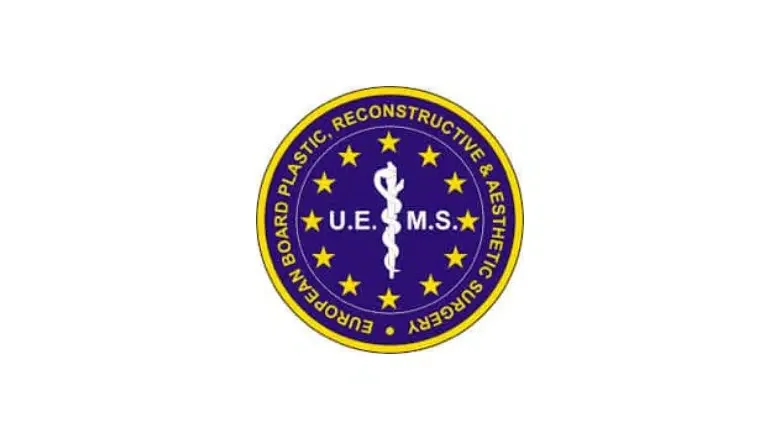When to Resume Exercise after Belt Lipectomy
Integrating Exercise into Recovery after Belt Lipectomy
Incorporating exercise into the recovery process after surgery requires a careful, strategic approach that prioritises safety and the body’s healing needs. The journey towards reintroducing physical activity should commence with low-intensity exercises, ensuring that the surgical site remains unstrained. A gentle walk around the home or garden, maintaining a comfortable pace, serves as an ideal initial step. This simple yet effective form of movement aids in keeping the body active without overexerting the areas recovering from belt lipectomy surgery.
As part of the recovery regimen, including range-of-motion exercises is beneficial. Gentle stretching and flexibility exercises play a crucial role in maintaining joint mobility and preventing stiffness. These activities help the body retain its flexibility, contributing to a smoother and more efficient healing process.
Progressing through the recovery phase involves a gradual increase in activity levels. It’s essential to carefully introduce a wider variety of exercises, paying close attention to medical advice and personal comfort levels. This cautious escalation ensures that each new activity supports the body’s healing, avoiding any undue stress on the recovering tissues.
Where possible, engaging in supervised exercise offers significant advantages. Collaborating with a physiotherapist who can provide personalised guidance and support tailors the exercise regimen to your specific recovery needs. This professional oversight ensures that each movement is performed correctly, maximising the benefits of physical activity while minimising the risk of injury or complication.
Finally, the principle of prioritising consistency over intensity cannot be overstated. Regular, gentle movements are far more advantageous than sporadic, intense activities that could potentially hinder the recovery process. Establishing a consistent routine of mild exercise not only aids in physical recuperation but also promotes overall well-being, helping individuals regain their strength and mobility in a balanced and sustainable manner.
Navigating Your Return to Exercising After Belt Lipectomy
Regaining physical activity levels following a belt lipectomy requires a mindful, measured approach. Attuning to your body’s signals and adhering to your surgeon’s advice are fundamental to ensuring both the safety and efficacy of your recuperation and reintegration into exercise. This detailed guide outlines a phased approach to resuming physical activities, emphasizing the importance of gradual progression.
Weeks 1-3: Laying the Foundations for Recovery
The initial weeks post-surgery are crucial for establishing a recovery baseline with minimal physical strain:
- Encouragement for Short Walks: Focus on light ambulation within your home or nearby surroundings. The objective here isn’t to achieve distance or speed but to gently mobilize your body, promoting blood circulation and preventing the risks of prolonged immobility.
- Deep Breathing Exercises: These are invaluable for sustaining lung health, especially important when physical activity is notably diminished. Beyond physical benefits, deep breathing fosters relaxation and can significantly support the recovery process.
- Gentle Stretching: Aiming to maintain flexibility and ward off stiffness that may result from decreased activity levels. It’s essential to engage in mild, controlled stretches that do not exert pressure on the surgical area.
Weeks 4-7: Gradual Increase in Physical Activity
As your body steadily heals, it’s time to incrementally enhance your level of physical exertion:
- Extended Walk Duration: Slowly augment the length of your walks to gradually bolster endurance and strength in a manner that’s gentle on your body.
- Introduction of Low-Impact Activities: Swimming or gentle yoga can be particularly beneficial during this phase, provided they’re appropriately modified to mitigate stress on the healing sites. For instance, maintain a leisurely pace while swimming, and adapt yoga poses to circumvent any undue strain.
- Mindful Movement: This phase calls for heightened awareness of how your body reacts to increased physical activity. It’s critical to listen to your body and modify your exercise routine based on its feedback.
Week 8 Onwards: Advancing Towards Pre-Surgery Exercise Levels
With the healing process well advanced, you can start contemplating a return to your pre-surgery exercise regimen:
- Reintroduction of Previous Exercises: Gradually incorporate exercises from your pre-surgery routine, paying close attention to maintaining correct form to prevent injuries.
- Responsive Adjustment: Be vigilant about how your body responds to resuming exercise. Any discomfort or pain necessitates a reassessment and possible reduction of activity levels.
- Cautious Avoidance of Strenuous Activities: Until receiving explicit approval from your surgeon, steer clear of high-impact sports, heavy lifting, and vigorous aerobic exercises that could jeopardise your recovery.
Comprehensive Recovery Strategies After Belt Lipectomy: Beyond Exercise
Recovering from a belt lipectomy, or indeed any surgical intervention, requires a holistic approach that encompasses more than just the gradual resumption of physical activities. There are multiple facets of care that, when attentively managed, can significantly enhance the recovery experience, ensuring it is both smoother and more effective. Here’s an exploration of additional strategies to bolster your recovery journey:
Emphasising Hydration for Optimal Healing
Hydration plays a pivotal role in the body’s healing mechanism. Water is essential for various bodily functions, including nutrient transportation and waste elimination:
- Aim for Optimal Water Intake: Strive to consume at least eight glasses of water daily, though this may need adjustments based on individual factors such as body size and environmental conditions.
- Enhance Water Appeal: If plain water doesn’t appeal to you, infusing it with lemon or cucumber can add a refreshing twist.
- Mindful Beverage Choices: Avoid drinks that may lead to dehydration, like those containing caffeine or alcohol, particularly during the initial recovery stages.
Choosing Comfortable Clothing for Healing
Post-surgery, the body’s sensitivity increases, making the choice of clothing crucial:
- Opt for Loose and Breathable Fabrics: Garments that allow for adequate air flow without pressing against the skin are ideal, particularly those made from cotton or gentle blends.
- Practicality in Dressing: Select clothes that are easy to wear and remove, considering any temporary mobility restrictions you might face. Items with zippers or elastic waists can be especially convenient.
Maintaining Good Posture
Proper posture is key to avoiding additional strain during recovery, aiding in pain reduction and supporting efficient bodily functions:
- Supportive Seating: Choose chairs that promote an upright posture with ample back support, avoiding prolonged periods of slouching or forward leaning.
- Posture Awareness: Maintain awareness of your posture, keeping your shoulders back and spine neutral, whether standing or sitting.
Integrating Warm-Up and Cool-Down Routines
A thoughtful approach to exercise includes warming up before and cooling down after physical activity:
- Prepare Your Body: Warm-up routines help gradually increase your heart rate and circulation, readying your joints and muscles for exercise, thereby minimising injury risks.
- Facilitate Recovery: Cooling down helps in gradually reducing your heart rate and initiating muscle recovery, with gentle stretching aiding in alleviating muscle tightness and soreness.
Nutrition’s Role in Healing
A balanced diet rich in essential nutrients significantly influences the speed and quality of recovery:
- Dietary Choices: Incorporate a diverse array of fruits, vegetables, lean proteins, and whole grains into your meals to support your body’s repair processes.
- Avoid Certain Foods: Limit intake of processed foods, high-sugar treats, and excessive fats, as these can hinder the body’s healing capabilities.
Prioritising Sleep and Rest
Rest and sleep are foundational to the recovery process, promoting tissue repair, supporting immune function, and aiding in hormone balance:
- Ensure Adequate Sleep: Aim for 7-9 hours of quality sleep nightly, fostering a tranquil sleeping environment and maintaining a consistent sleep schedule.
- Listen to Your Body: Permit yourself short, rejuvenating naps if you experience daytime fatigue, without guilt.

